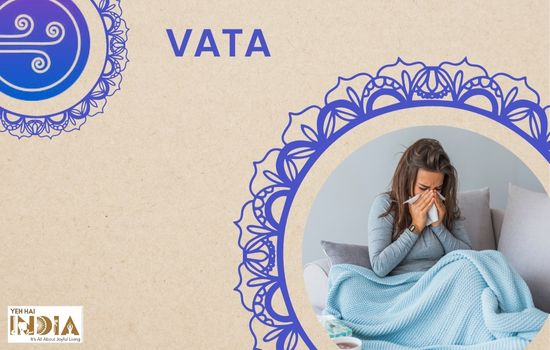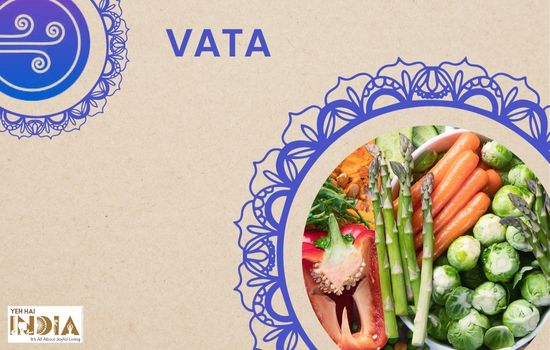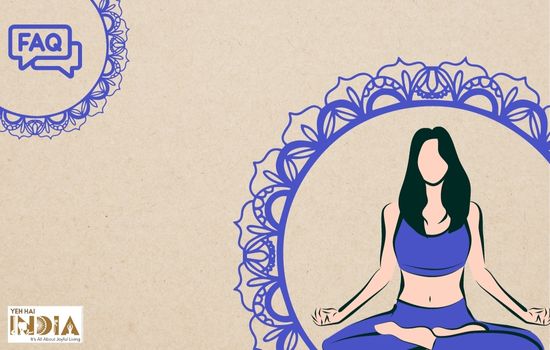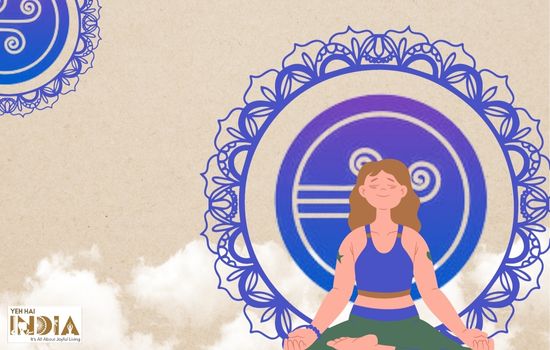Do you always feel cold and sleepy? Do you have trouble gaining or maintaining weight? Is constipation a daily affair for you? All these symptoms can be attributed to a Vata Dosha or Vata imbalance.
The three doshas known as tri-doshas, namely Vata, Pitta, and Kapha, play a vital role in maintaining homeostasis, or the balance of our body. Vata dosha, in particular, is responsible for causing over 90 diseases.
The Vata dosha controls the other two doshas in a certain way. There are a few things that we all should know about the presence of Vata dosha in our bodies. In this article, we will explore the functions of Vata and the symptoms of Vata imbalance. You will also get practical tips to manage this dosha and correct the imbalance.
What is Vata dosha?
To put it simply, Vata dosha is the state of having too much Vata in your body. But before you understand this dosha, you have to understand Vata. Vata is made of the elements of air and space. It is responsible for movement.
The Pitta and Kapha doshas, the body tissues or Dhatus, and the waste materials or Mala in our bodies are all naturally immobile. In order to have normal body functions, these elements have to move. So who moves them? It’s the job of Vata.
Now every person has some Vata in them and some people have more of it. Such people have a Vata-dominant body type. However, excessive Vata may lead to diseases. This is Vata Dosha. It is crucial to understand this dosha because it can lead to severe disorders.
Functions of the Vata

- Vata is solely responsible for the movement of our body, as well as the transmission of nerve impulses.
- In addition to its role in body movement and nerve impulse transmission, Vata also controls other functions such as normal breathing, regulation of natural urges, nourishing the organs, and maintaining the proper functioning of sensory organs.
- It may even play a role in controlling our thoughts.
- Vata helps to regulate the process of digestion, absorption, and excretion.
- Even during the formation of an embryo, Vata is responsible for the division of cells.
What Causes an Imbalance in Vata?
Many factors can cause an increase in Vata, such as cold weather, consuming cold foods or drinks, engaging in intense workouts or exhaustive work, travelling for long periods, and having intercourse.
Vata imbalance is associated with the following:
- Irregular routine: irregular sleep and eating can cause Vata imbalance by increasing the mobility of Vata.
- Excessive exercise: Excessive exercise is also associated with an increased risk of this dosha.
- Stress and anxiety: These mental problems are associated with an increase in Vata mobility that leads to imbalance.
- Unbalanced diet: Diet has an extreme effect on our body and a diet consisting of light, dry, and cold food increases Vata.
- Lack of sleep: Consistent irregular sleeping routine and lack of sleep increase Vata imbalance.
- Cold weather: Since the nature of Vata is cold, cold and dry weather can aggravate Vata.
Increased Vata Dosha Symptoms

When Vata becomes imbalanced, it can lead to various symptoms such as:
- Weight Loss or Karshya – Karshya refers to excessive weight loss. This disorder can be caused by various factors such as eating light foods like popcorn, frequent fasting, engaging in strenuous exercise, and consuming a low-calorie diet.
- Discolouration or Karshnya – This means the black discolouration of the body. This occurs due to the Ruksha (roughness) and Shita (cold) nature of the Vata.
- Tremors or Kampa – Individuals suffering from aggravation of Vata may suffer from tremors as well.
- Excessive Talking or Pralap – An increase in Vata can trigger an excessive talking disorder known as Pralap.
- Confusion or Brahma – An increase in the dosha can also cause confusion or giddiness.
- Sensory Organ Dysfunction- Imbalance in Vata can also cause improper functioning of the sensory organs and even make it difficult for people to make simple decisions.
Recommended Story – 20 Miraculous Ayurvedic Herbs And Their Health Benefits
How to Balance Increased Vata Dosha?

- You should follow a Vata dosha diet, which means one should eat things that work against the properties of this dosha.
- Eat ghee made from cow’s milk. It is good to include some amount of oil in your diet.
- Avoid doing exercises that will exhaust your body. Also, one should avoid too much travelling.
- Buttermilk, Coconut, and sweet fruits like berries decrease the amount of this dosha.
- Individuals can be treated with Snehana (consumption of medicated fats), Svedana ( fomentation), and Abhyanga ( oil massage).
- The Basti treatment in Ayurveda is one of the best cures for the aggravation of Vata.
- One should avoid indulging in any kind of sexual activity.
Vata Dosha Diseases
- Joint pain
- Arthritis
- Menorrhagia
- Excessive loss of blood during menstruation
- Facial palsy
- Angina
- The myocardial infarction (heart attack)
- Bloating
- Bone degeneration
- Headaches
- Parkinson’s disease
- Alzheimer’s disease
- Migraines
- Allergies
- Constipation
- Acne
- Menstruation issues
- Infertility
- Anxiety
- Depression
- Panic attacks
Many more such serious diseases are caused by vitiated Vata. To prevent various ailments and lead a healthy lifestyle, it is important to maintain a balanced state of Vata.
Decreased Vata Dosha Symptoms

A decrease in Vata can cause a decrease in physical activities due to reduced nerve stimulation. In addition, a decrease in Vata may also lead to a decreased desire to speak in some people. Decreased Vata shows multiple other signs and symptoms:
- Slowed metabolism and digestion
- Unexplained weight gain
- Muscle and joint stiffness
- Depression and emotional unstable
- Lack of inspiration and creativity
- Extreme heaviness of the body
- Decreased talkativeness
- Lethargy or Angasada
How to Balance Decreased Vata?
To balance a decrease in Vata, follow a routine and diet that aligns with the qualities of Vata dosha. This may involve consuming light foods and practising fasting. One should include exercising in their routine.
We hope that you have a better understanding of Vata and the methods to balance it. The maintenance of equilibrium of your mind, senses, and soul is regulated by the Vata. As the dosha responsible for movement, Vata is the foremost among the three doshas.
This is because the imbalance of Vata can also affect Pitta and Kapha dosha, as it has the ability to move them. Thus, it is referred to as the leader of all doshas.
Frequently Asked Questions

- What is Vata dosha?
Vata dosha is one of the three energies mentioned in Ayurveda which plays an important role in maintaining the homeostasis in our body.
- What are the symptoms of increased Vata dosha?
Symptoms of increased Vata dosha may include weight loss, black discoloration of the body, arthritis, joint pain, anxiety, and depression.
- What are the symptoms of decreased Vata dosha?
Decreased Vata dosha may cause a decrease in physical activities due to reduced nerve stimulation. Also certain signs of Kapha aggravation like weight gain, and dizziness can be seen.
- What foods should you eat when you are suffering from aggravation of Vata dosha?
Individuals suffering from Vata dosha aggravation should eat sweet food items. Including ghee in their diet will help to bring back the lost balance.
- What things should Vata people avoid?
People with Vata disorders should avoid exercising, traveling, fasting, sexual activities, staying in cold weather, and food items that are cold in nature like cold beverages.
References
1. Ashtang Hridaya by Dr. Kolarka
2. Kayachikitsa by Vaidya Joshi
3. Charak Samhita
4. A text book of Ayurvedic Human Physiology
Also Read – All About Ayurveda in Indian Culture










